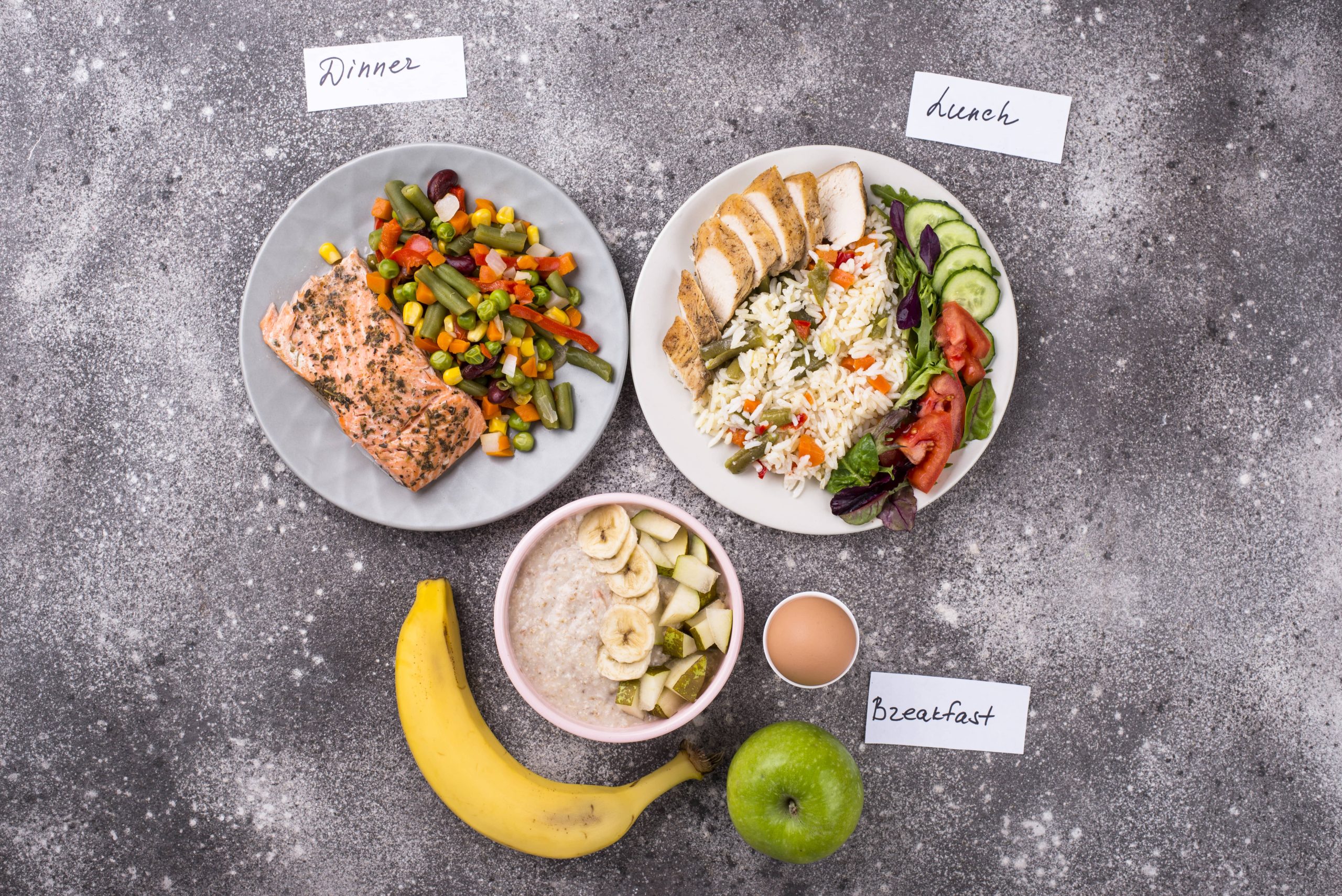
Dining out is one of life’s great pleasures—an opportunity to break from routine, try new flavors, and share experiences with loved ones. However, for those focusing on maintaining a healthy diet, eating out can feel like navigating a minefield of nutritional challenges. But fear not! With some strategic planning and mindfulness, it’s entirely possible to indulge in a meal out without derailing your health goals. Here’s how you can stay on track while enjoying the dining-out experience.
1. Plan Ahead
The first step to healthy dining out starts even before you leave your house. Most restaurants provide their menus online, giving you the chance to research beforehand and make informed choices. Look out for dishes that are grilled, baked, steamed, or roasted, as these typically involve less added fat than fried or sautéed options. You can also check if the restaurant offers smaller portions or options to customize your meal, which can help you better control your intake.
2. Balance Your Day
If you know you’ll be eating out later, try to balance your meals earlier in the day. Focus on lighter meals with plenty of fruits, vegetables, and lean proteins. This way, you can enjoy your evening out without the pressure to make up for overeating during the rest of the day.
3. Never Arrive Hungry
One of the worst setups for dietary derailment is arriving at the restaurant ravenous. It’s much harder to make mindful food choices when hunger is driving your decision-making process. Have a small, healthy snack like a handful of nuts or a piece of fruit before you go. This will help stabilize your blood sugar and curb excessive hunger, making it easier to stick to your healthy eating intentions.
4. Focus on Portion Control
Restaurants are notorious for their large portion sizes. One effective way to manage your intake is to immediately split your meal in half upon ordering or even share it with a companion. Alternatively, you can ask the server to box half of your meal before it even reaches the table. This not only helps you eat an appropriate amount but also gives you leftovers to enjoy later.
5. Mind Your Beverages
Calories from drinks can accumulate quickly and disrupt your healthy eating plan. Opt for water, unsweetened iced tea, or sparkling water with a twist of lemon or lime. If you’re choosing to enjoy an alcoholic beverage, consider light beer, wine, or a single spirit mixed with soda water. Moderation is key, not only for calories but also because alcoholic drinks can lower your inhibitions when it comes to food choices.
6. Customize Your Order
Don’t hesitate to ask for changes or substitutions to your meal. Most restaurants are willing to accommodate requests, such as serving sauces and dressings on the side, opting out of butter or oil, or substituting fries for a side salad. These adjustments can significantly reduce unnecessary calories and fats from your meal.
7. Start with a Salad or Soup
Beginning your meal with a salad or broth-based soup can help fill you up and prevent overeating later on. Aim for salads with a variety of colorful vegetables and lean proteins like grilled chicken or fish. Beware of hidden calories in toppings and dressings; opt for vinaigrette on the side and use it sparingly.
8. Eat Mindfully
Dining out often comes with a delightful ambiance and good company, which makes it easy to get distracted and lose track of what you’re eating. Practice mindfulness by chewing slowly, savoring each bite, and paying attention to your body’s hunger and fullness cues. Put your fork down between bites and engage in conversation to pace yourself.
9. Choose Your Splurge Wisely
If dining out is a rare treat, it’s reasonable to want to enjoy something special. Pick one indulgence you’ll truly appreciate, whether it’s a unique appetizer, a decadent dessert, or a rich entrée. The key is to consciously choose this treat and remain balanced throughout the rest of your meal and day.
10. End with Herbal Tea or Coffee
Instead of succumbing to the temptation of a high-calorie dessert, consider ending your meal with a soothing herbal tea or a plain coffee. These options not only help signal the end of your meal, reducing further cravings but also contribute little to no calories.
Conclusion
Eating out is a social event and a cultural exploration that shouldn’t be missed in the name of maintaining a healthy lifestyle. By planning ahead, practicing portion control, and making mindful choices, you can enjoy a delicious restaurant meal while staying true to your health goals. Embrace the dining-out experience with flexibility and balance, and you’ll find it a rewarding part of your healthy lifestyle journey.
Remember, the goal of healthy dining is not about deprivation—it’s about making smarter choices so you can feel empowered and satisfied with the decisions you make. Bon appétit!
